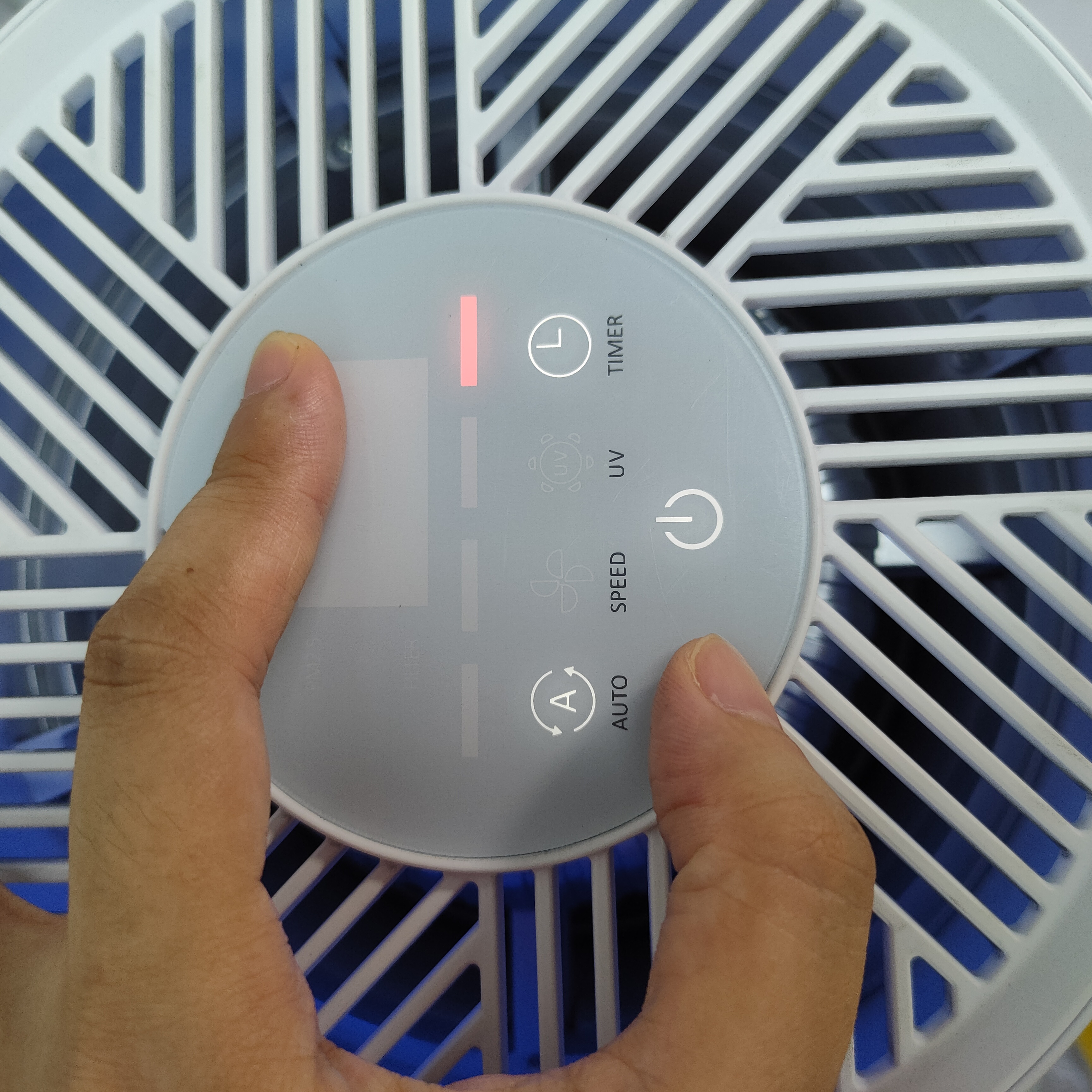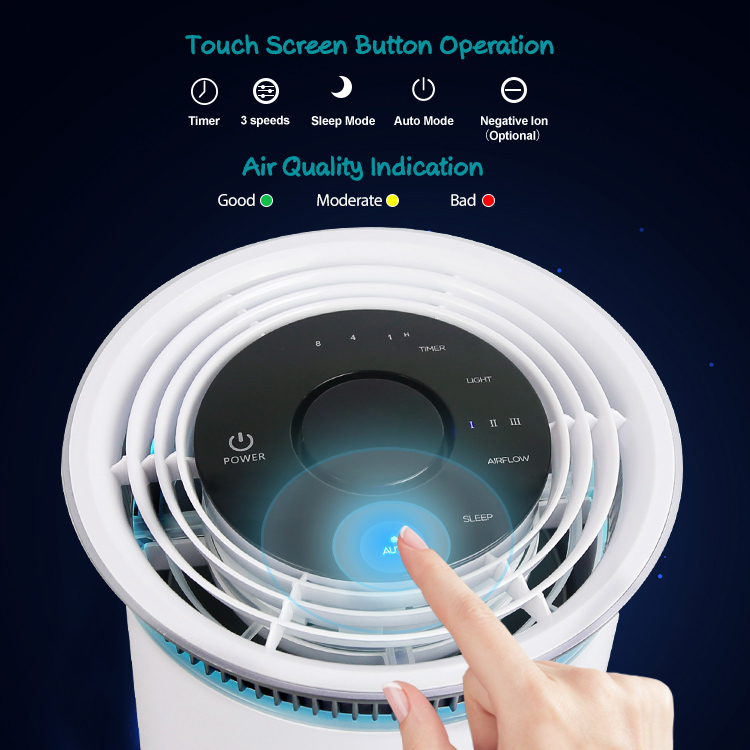Spring is a beautiful time of year, with warmer temperatures and blooming flowers. However, for many people, it also means the onset of seasonal allergies. Allergies can be caused by a variety of triggers, including pollen, dust, and mold spores, and can be particularly troublesome during the spring months. To help you better understand spring allergies and how they relate to indoor and outdoor air quality, we’ve compiled a list of the 5 most frequently asked questions.
What are the most common spring allergens?
The most common spring allergens are tree pollens, which can be especially prevalent in early spring. Grass and weed pollens also become more common as the weather warms up. Additionally, mold spores can become more widespread as the snow melts and the ground becomes damp.
How can I reduce my exposure to outdoor allergens?
To reduce your exposure to outdoor allergens, try to stay indoors when pollen counts are high. Pollen counts tend to be highest on dry, windy days, so it’s best to avoid spending extended periods of time outdoors on those days. When you do go outside, wear a hat and sunglasses to protect your face and eyes. Shower and change your clothes as soon as you come inside to remove any pollen that may have collected on your skin or clothing.
How can I improve indoor air quality?
Improving indoor air quality can help reduce the symptoms of allergies. One of the most effective ways to improve indoor air quality is to use a high-efficiency particulate air (HEPA) filter in your air conditioning and heating system. HEPA filters can remove allergens, such as pollen and dust, from the air. Additionally, it’s important to vacuum and dust regularly to reduce the amount of allergens that may be present in your home.
How can I tell if my air quality is poor?
There are several ways to tell if your indoor air quality is poor. One sign is the presence of a musty odor, which may indicate the presence of mold or mildew. Another sign is the presence of excessive dust or dirt in your home. If you or your family members experience frequent allergy symptoms, such as sneezing, runny nose, or itchy eyes, this may also be a sign that your indoor air quality is poor.
How can I measure air quality levels?
There are several ways to measure air quality levels, including using an air quality monitor. These monitors can detect the levels of various pollutants, such as ozone, particulate matter, and volatile organic compounds, in the air. Some monitors also include sensors that can detect pollen and other allergens.
Currently, in order to give you an accurate idea of whether your own indoor air quality is good, a good air purifier is equipped with an air quality monitor. Use three-color ambient lights, red for poor, yellow for general pollution, green or blue for good. Real-time detection per second on average, so that everyone can quickly understand indoor air quality and take corresponding measures in time.
Spring allergies can be a nuisance, but by taking steps to reduce your exposure to outdoor allergens and improve your indoor air quality, you can help alleviate symptoms and enjoy the beautiful spring weather. If you’re concerned about your air quality levels, consider investing in an air quality monitor or consulting with a professional air quality expert.
Post time: Apr-17-2023





